When a company or organization comes out with a 2.0 version of a product or service, it typically means it is launching a new and improved version of the original. This is the intention of the Federal Emergency Management Agency (FEMA) announcement of Flood Risk Rating 2.0, which aims to radically change and modernize the way that flood risk is evaluated for all types of properties, including commercial buildings.
The Fred C. Church risk management team wants to make sure that business property owners who are currently insured through FEMA’s National Flood Insurance Program (NFIP) are aware this update is coming. We also want to provide some initial information about what these changes may mean for your flood insurance premium.
Why is FEMA changing its risk rating methodology?
First, it’s worth noting how historic these changes are. FEMA’s flood risk evaluation and rate-setting methods have been nearly static over the past 50 years. Since 1968, when FEMA began managing the National Flood Insurance Program, flood insurance premiums have been based predominantly on a property’s elevation within a zone located on a FEMA Flood Insurance Rate Map. While flood insurance rate maps have been continually updated based on factors such as weather patterns, erosion, and new property development, this method of rate setting has not always accurately predicted the actual risk of a flood insurance claim.
For decades now, this archaic risk rating system has underpriced many flood insurance policy premiums. As a result, the NFIP has been unable to cover the excessive costs of catastrophic flood events caused by extreme storm systems like Hurricanes Harvey, Irma, and Maria. Consequentially, the NFIP is now in billions of dollars of debt.
One goal of Risk Rating 2.0 is to pull the NFIP out of debt. But there are several other important objectives, according to FEMA, which include delivering rates that are “actuarially sound, equitable, easier to understand, and better reflect a property’s flood risk.”
How does FEMA’s new risk rating methodology work?
FEMA’s Risk Rating 2.0 reflects years of investment by the agency into industry best practices and innovative technology. The organization has incorporated private sector data sets, catastrophe models, and evolving actuarial science into this new rate-setting methodology. As a result, FEMA now has the capability and tools to set rates based on many more flood risk variables than in the past, including:
- Flood frequency
- Multiple flood types, such as river overflow, storm surge, coastal erosion, and heavy rainfall
- Distance to a water source
- Numerous property characteristics, including elevation and replacement costs
- And more…
Risk Rating 2.0 also uses catastrophe (CAT) modeling to regularly assess the risk of hurricanes and other natural disasters. FEMA will also still use flood map data, which is critical to informing the catastrophe models.
However, this new and improved methodology will extend beyond the traditional flood zones and assess properties that are not currently in high-risk areas. This is a critical aspect of the new rating system, as an estimated 20% of flood claims come from low to moderate flood risk areas.
How might these changes impact a commercial property’s flood insurance premiums?
It does appear that Risk Rating 2.0 may drive up commercial flood insurance premiums for properties now insured through NFIP. This is especially likely for business properties currently located in coastal and other high-risk rated flood areas.
It’s not much of a silver lining, but there is a max rate increase per year for business properties, set at 25%. However, this max rate increase may be exceeded if a property’s risk class is found to be rated incorrectly to start; if there is a downgrade to the region’s Community Rating System (CRS) class; or if the policyholder increases their amount of coverage.
On the other hand, there is also the chance that Risk Rating 2.0 will have a favorable impact on a property’s flood insurance premium and that the rate will decrease rather than increase.
At this point, the underwriting team at Fred C. Church is still evaluating how these changes will affect our clients who are insured through NFIP. However, you can be confident that we will work closely with all clients to make sure that there are no surprises come renewal time.
With this “transformational change,” as FEMA is calling it, the National Flood Insurance Program now looks very similar to what private flood insurers are selling. So, this might be an opportune time for us to review pricing and coverages of a variety of different flood insurance offerings to find the best one for you and your commercial property.
When does FEMA Risk Rating 2.0 take effect?
New flood insurance policies will be subject to the updated risk rating methodology beginning October 22, 2021, as will policies renewing on or after that date. As of April 1, 2022, this revised rating methodology will apply to all policies, new and renewing.
How do commercial property owners find out more about Risk Rating 2.0?
If you currently have a policy through NFIP, then you will want to prepare for the potential changes to your insurance premium now. Whether your rates will increase or decrease, Risk Rating 2.0 could have a significant impact on your operational budget.
Are you planning to buy a new commercial property? The Fred C. Church team is here to help you evaluate all your flood insurance options, from standard market flood insurers to the National Flood Insurance Program. With the increased frequency of flood losses and the standard insurance market changing and tightening their underwriting criteria for flood risk, the NFIP is likely to become an option for many insureds, especially in light of this new risk rating update.
Please contact a Fred C. Church insurance professional today to start strategizing for this pending and monumental change in flood insurance rates. Also, as new information becomes available, we will be posting it to our blog, Facebook page, and LinkedIn, so keep checking back with us for updates.



